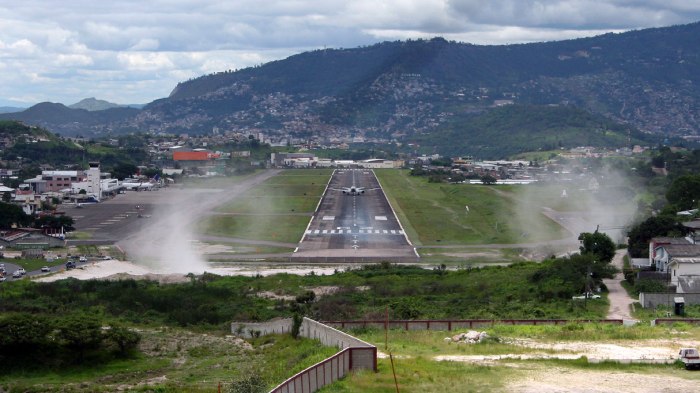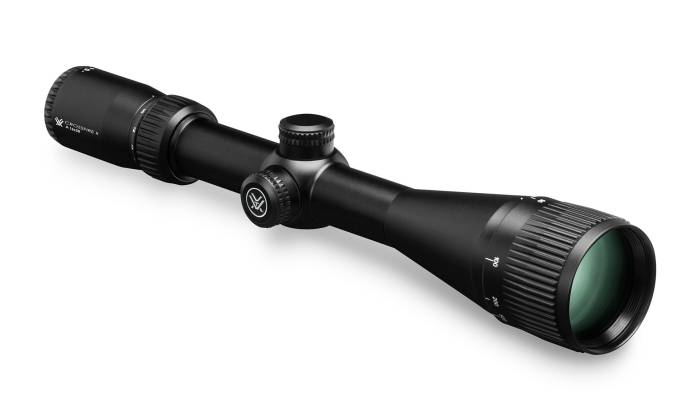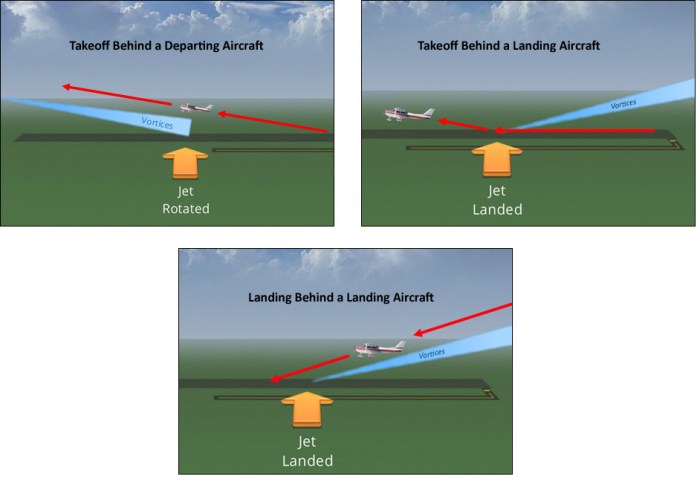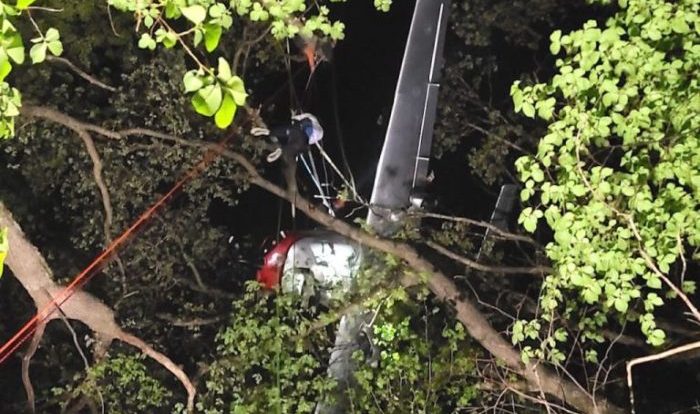The greatest vortex strength occurs when the generating aircraft is at peak performance, a phenomenon that has captivated the attention of aviation enthusiasts and engineers alike. Understanding the factors that influence vortex strength is crucial for optimizing aircraft design, enhancing safety, and maximizing energy efficiency.
This exploration delves into the intricate world of aircraft-induced vortices, examining their formation, characteristics, and the impact they have on aircraft performance and air traffic management.
Aircraft-induced vortices are swirling air currents generated by the wings of an aircraft in motion. These vortices play a significant role in aircraft aerodynamics, affecting stability, control, and wake turbulence. The strength of these vortices is influenced by various factors, including aircraft speed, angle of attack, and wing design.
Aircraft-Induced Vortices

Aircraft-induced vortices are swirling air currents generated by the wings of an aircraft in flight. They are formed due to the difference in air pressure above and below the wing, creating a pressure gradient. As air flows over the wing, it experiences a higher pressure on the bottom surface compared to the top surface.
This pressure difference causes the air to accelerate and curve downward, resulting in the formation of two counter-rotating vortices, one from each wingtip.
The strength and size of aircraft-induced vortices depend on various factors, including aircraft speed, angle of attack, wing design, and aircraft weight. Higher speeds and higher angles of attack generally lead to stronger vortices. Additionally, aircraft with larger wingspans and higher wing loadings (weight per unit area) tend to generate stronger vortices.
Greatest Vortex Strength
The greatest vortex strength occurs when the generating aircraft is operating at its maximum lift coefficient, which typically corresponds to an angle of attack close to the stall angle. At this condition, the pressure difference between the upper and lower surfaces of the wing is maximized, leading to the strongest possible vortices.
Vortex Dynamics, The greatest vortex strength occurs when the generating aircraft is
Aircraft-induced vortices are shed into the wake of the aircraft and can persist for several minutes, depending on atmospheric conditions. They behave like rotating cylinders and travel downward and outward from the wingtips. The vortices interact with each other and with the surrounding air, creating complex flow patterns.
Vortex interactions can lead to wake turbulence, which can be hazardous to following aircraft. Wake turbulence can cause sudden changes in lift and drag, potentially leading to loss of control. Techniques such as wake vortex avoidance systems and wake turbulence separation minima are used to mitigate these effects.
Applications and Implications
Aircraft-induced vortices have implications for aircraft performance, safety, and airport operations. Strong vortices can increase drag and reduce lift, affecting aircraft stability and maneuverability. Vortex strength also affects the wake turbulence generated by an aircraft, which can impact following aircraft.
Understanding vortex strength is crucial for airport operations and air traffic management. Wake turbulence separation minima are established based on the vortex strength of different aircraft types to ensure safe spacing between aircraft.
Additionally, vortices have been studied for potential applications in flow control and energy harvesting. Researchers are exploring methods to harness the energy from vortices to improve aircraft efficiency and develop new renewable energy sources.
Quick FAQs: The Greatest Vortex Strength Occurs When The Generating Aircraft Is
What factors influence the strength of aircraft-induced vortices?
The strength of aircraft-induced vortices is primarily influenced by aircraft speed, angle of attack, and wing design.
How do aircraft-induced vortices affect aircraft performance?
Aircraft-induced vortices can affect aircraft stability, control, and wake turbulence, impacting overall performance and safety.
What techniques are used to mitigate the effects of aircraft-induced vortices?
Techniques such as vortex generators, wingtip fences, and wake turbulence separation can be employed to mitigate the effects of aircraft-induced vortices.


